External wall insulation (EWI) and cavity wall insulation (CWI) serve different property types and budgets. You’ll need EWI for solid walls, costing £8,000-£22,000 with superior U-values of 0.30 W/m²K, while CWI suits cavity walls, running £1,500-£3,500 with U-values around 0.55 W/m²K. EWI changes your home’s exterior appearance but offers 20-30% better thermal performance, whereas CWI preserves original aesthetics. Understanding these key distinctions will help optimize your insulation investment.
Key Takeaways
- EWI suits solid-wall properties and costs £8,000-£22,000, while CWI is for cavity walls and costs significantly less at £1,500-£3,500.
- EWI offers superior thermal performance with U-values of 0.30 W/m²K, compared to CWI’s 0.55 W/m²K.
- CWI has a faster payback period of 4-7 years, while EWI takes 15-20 years to recover costs through energy savings.
- EWI changes your property’s exterior appearance with various finishes, while CWI remains hidden within existing walls.
- EWI requires periodic maintenance and refinishing every 15-20 years, whereas CWI needs minimal maintenance once properly installed.
Property Suitability and Installation Requirements

When evaluating insulation options for your home, the suitability of external wall insulation (EWI) versus cavity wall insulation (CWI) depends primarily on your property’s construction type and existing wall composition.
EWI works well for solid wall properties and homes without suitable cavities, requiring installation of insulation boards or materials directly onto your external walls.
You’ll need scaffolding and professional installers who’ll guarantee proper fixing methods and weatherproof rendering.
CWI, however, is specifically designed for property types built after 1920 that feature cavity walls.
The installation method involves drilling small holes in your external walls and injecting insulation material into the cavity space.
Your property must have cavity walls in good condition, with no damp issues or damaged brickwork, to qualify for this option.
Cost Analysis and Financial Benefits
Although both insulation methods require significant upfront investment, EWI typically costs £8,000-£22,000 for an average home while CWI ranges from £1,500-£3,500. You’ll find several financial incentives available to help offset these costs, including government grants and energy efficiency schemes.
| Comparison | EWI | CWI |
|---|---|---|
| Annual Energy Savings | £400-£600 | £250-£350 |
| Installation Time | 2-4 weeks | 2-4 hours |
| Payback Period | 15-20 years | 4-7 years |
| Property Value Increase | 10-15% | 5-8% |
Your cost savings will vary depending on your property’s size and current energy efficiency. While EWI’s higher upfront cost results in a longer payback period, it offers superior long-term performance and property value enhancement. CWI provides a more rapid return on investment, making it an attractive option for homeowners seeking immediate energy bill reductions.
Energy Performance and Thermal Efficiency
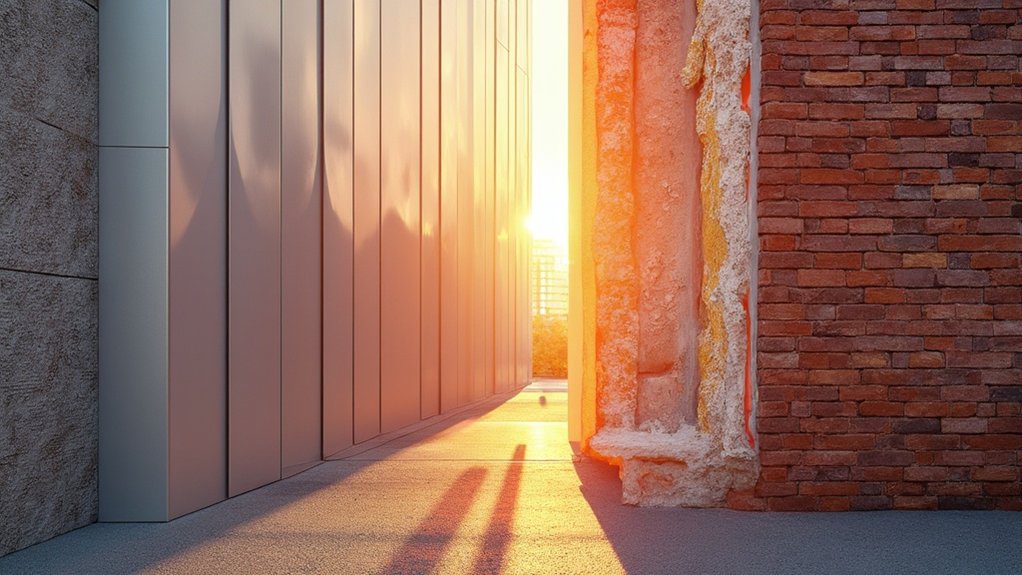
Both insulation methods greatly enhance your home’s thermal efficiency, though they achieve this through different mechanisms.
External wall insulation typically delivers superior energy savings, providing U-values as low as 0.30 W/m²K, while cavity wall insulation generally achieves U-values of around 0.55 W/m²K.
You’ll find that external insulation creates a continuous thermal envelope around your home, eliminating most thermal bridges and maximizing heat retention.
It’s particularly effective in older properties where you’re looking to achieve modern energy standards.
Cavity wall insulation, while still effective, works by filling existing gaps between walls, which can sometimes leave small areas where thermal bridging occurs.
When properly installed, both systems will notably reduce your heating costs, though external insulation typically offers 20-30% better thermal performance overall.
Aesthetic Impact and Design Considerations
From an architectural perspective, external and cavity wall insulation offer distinctly different aesthetic outcomes for your property.
External wall insulation visibly changes your home’s appearance, as it adds an outer layer that you’ll need to finish with render, cladding, or other materials. This gives you the opportunity to explore various color choices and textures, potentially transforming your property’s entire look.
In contrast, cavity wall insulation remains completely hidden within your walls, preserving your home’s original architectural styles and features.
You won’t notice any visual changes to your property’s exterior, making it ideal if you’re looking to maintain period details or match surrounding properties. This invisibility is particularly valuable in conservation areas or for listed buildings where maintaining the original facade is essential.
Durability and Long-Term Maintenance

The durability of insulation systems considerably impacts their long-term value and maintenance requirements.
You’ll find that external wall insulation typically offers superior weather resistance, as it’s specifically designed to withstand direct exposure to rain, wind, and UV radiation. However, you’ll need to inspect it periodically for potential impact damage or cracks.
Cavity wall insulation generally demonstrates excellent material longevity since it’s protected within the wall structure. You won’t face the same external wear concerns, but you’ll need to monitor for potential moisture issues that could affect its performance.
If you’re planning to install either system, consider that external insulation might require repainting or refinishing every 15-20 years, while cavity insulation typically maintains its effectiveness with minimal intervention, provided it’s properly installed.
Frequently Asked Questions
Can I Switch From Cavity Wall to External Wall Insulation Later?
You can shift from cavity wall to external insulation, but you’ll lose existing cavity wall benefits. It’s costly and complex, so you should carefully evaluate if the insulation shift meets your specific requirements.
Will External Wall Insulation Affect My Home’s Property Value?
While you’ll initially invest more, your property appraisal will likely increase. External wall insulation benefits can boost your home’s value through improved energy efficiency, modern appearance, and reduced maintenance costs over time.
Does External Wall Insulation Require Planning Permission in Conservation Areas?
You’ll need planning permission for external wall insulation in conservation areas due to strict planning guidelines. Local conservation regulations typically protect the area’s character, so you should consult your council before proceeding.
How Does Extreme Weather Impact the Effectiveness of Both Insulation Types?
You’ll find that weather resilience varies between types. While moisture can reduce cavity insulation’s performance over time, external insulation typically maintains effectiveness better in extreme conditions if it’s properly installed and maintained.
Can I Install External Wall Insulation Myself to Save Money?
You shouldn’t attempt DIY installation of external wall insulation. Despite potential cost savings, it’s a complex process requiring professional expertise, specific tools, and building regulations compliance. Improper installation can cause serious structural issues.
Conclusion
You’ll find both external and cavity wall insulation deliver significant energy savings, with external insulation reducing heat loss by up to 45% compared to cavity’s 35% reduction. Your choice depends on your property’s construction, budget constraints, and aesthetic requirements. While cavity insulation offers a cost-effective solution for suitable walls, external insulation provides superior thermal performance and adaptability for various building types, albeit at a higher initial investment.
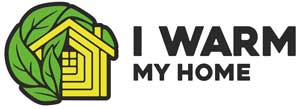
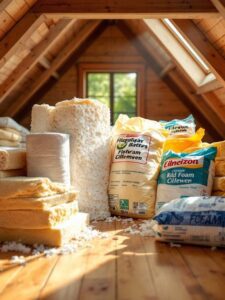


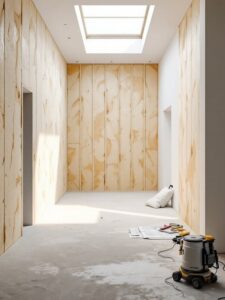



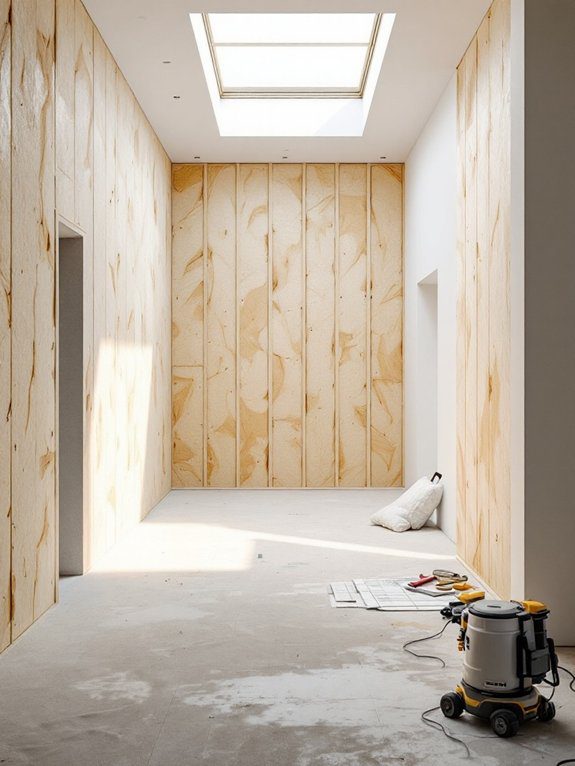
One Response
Lovely just what I was searching for.Thanks to the author for taking his clock time on this one.